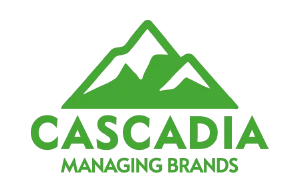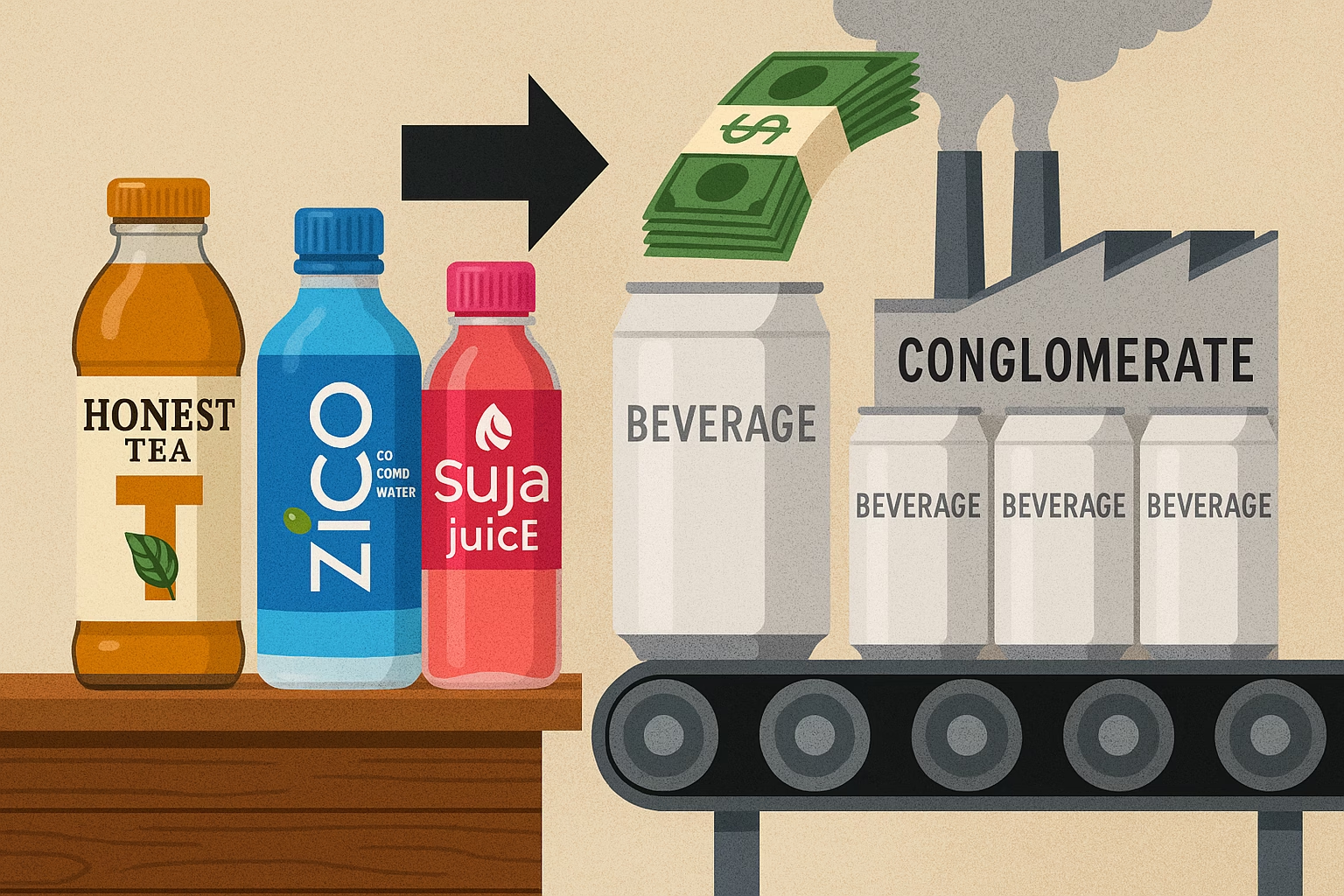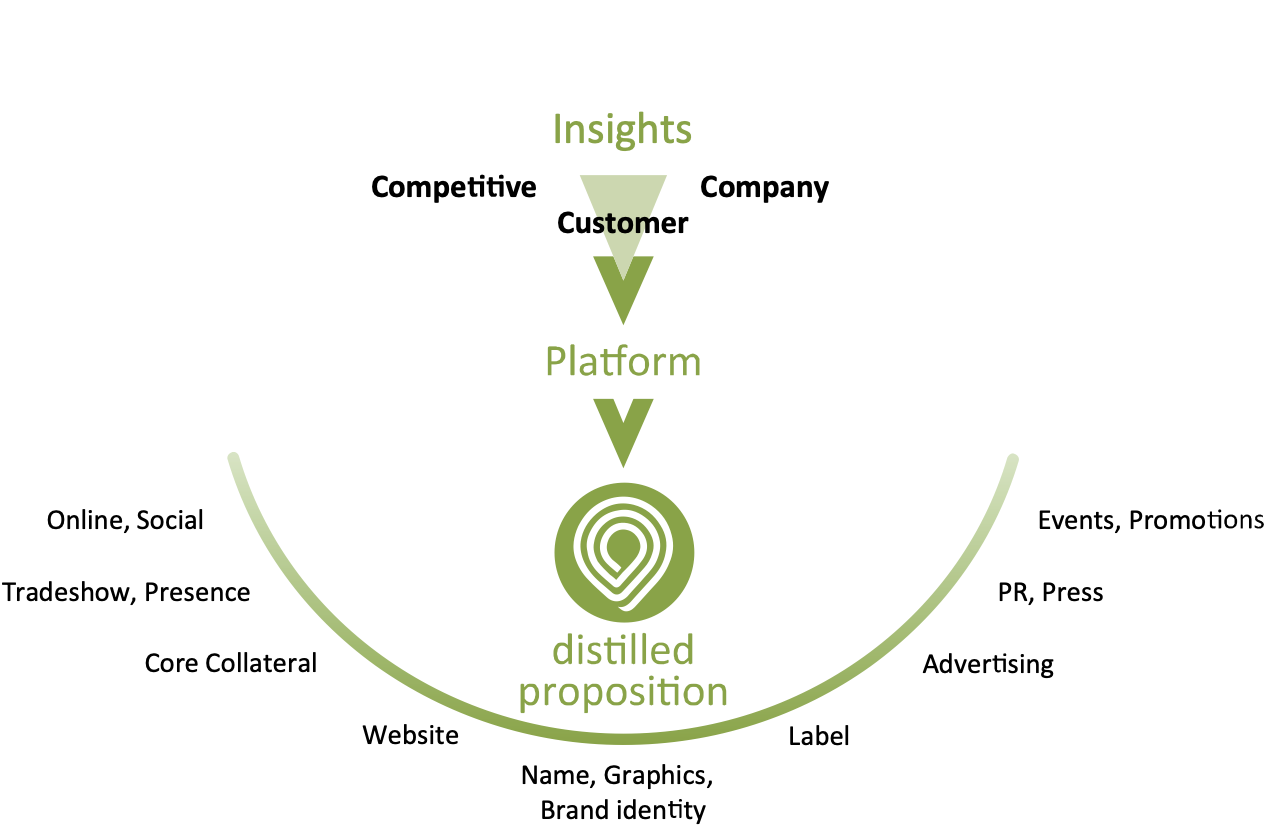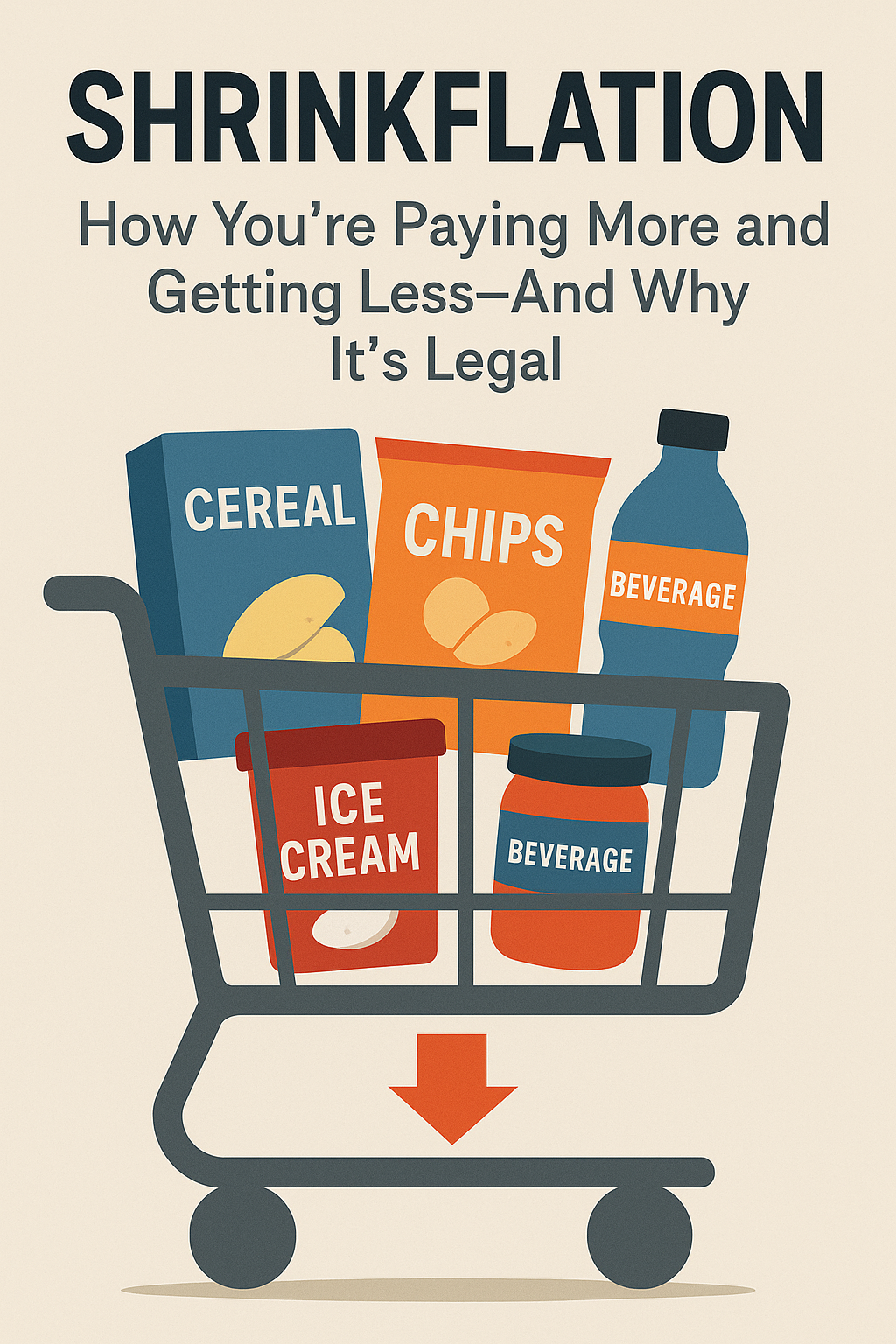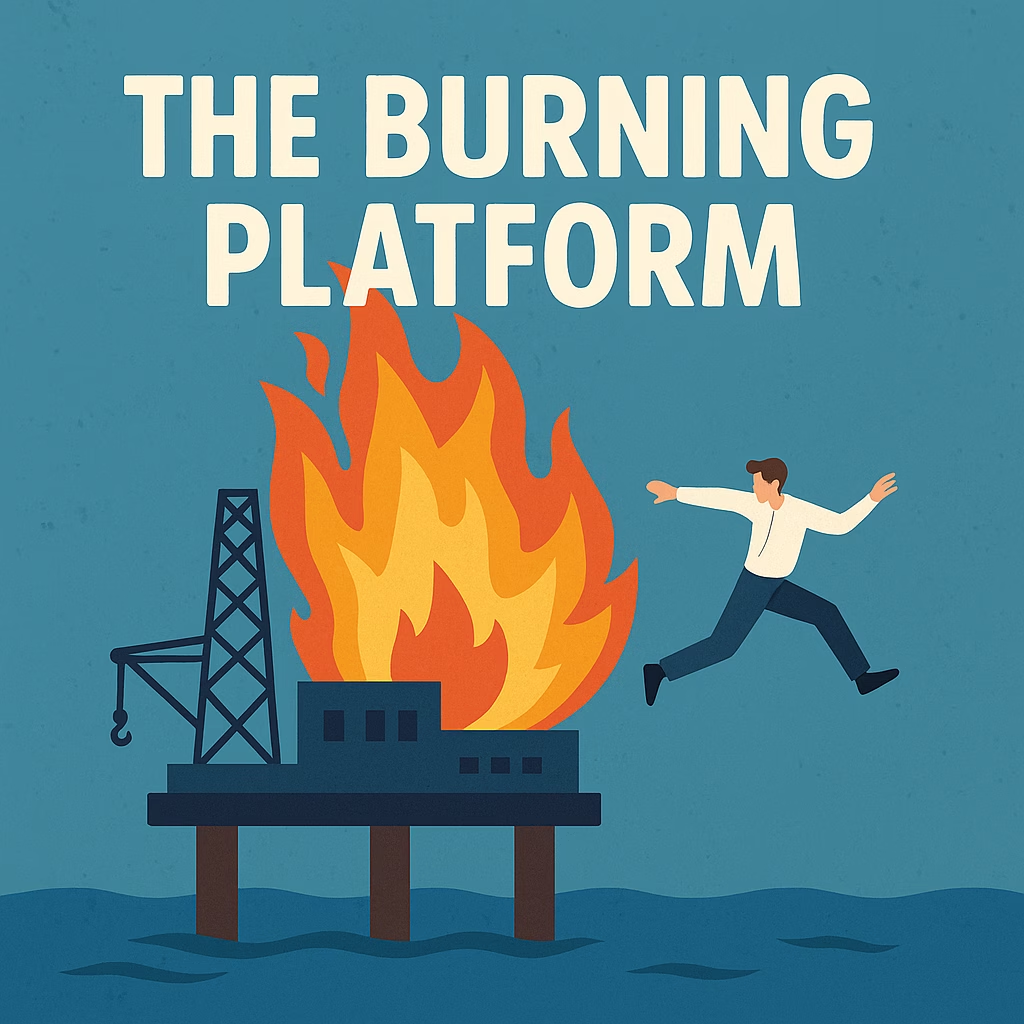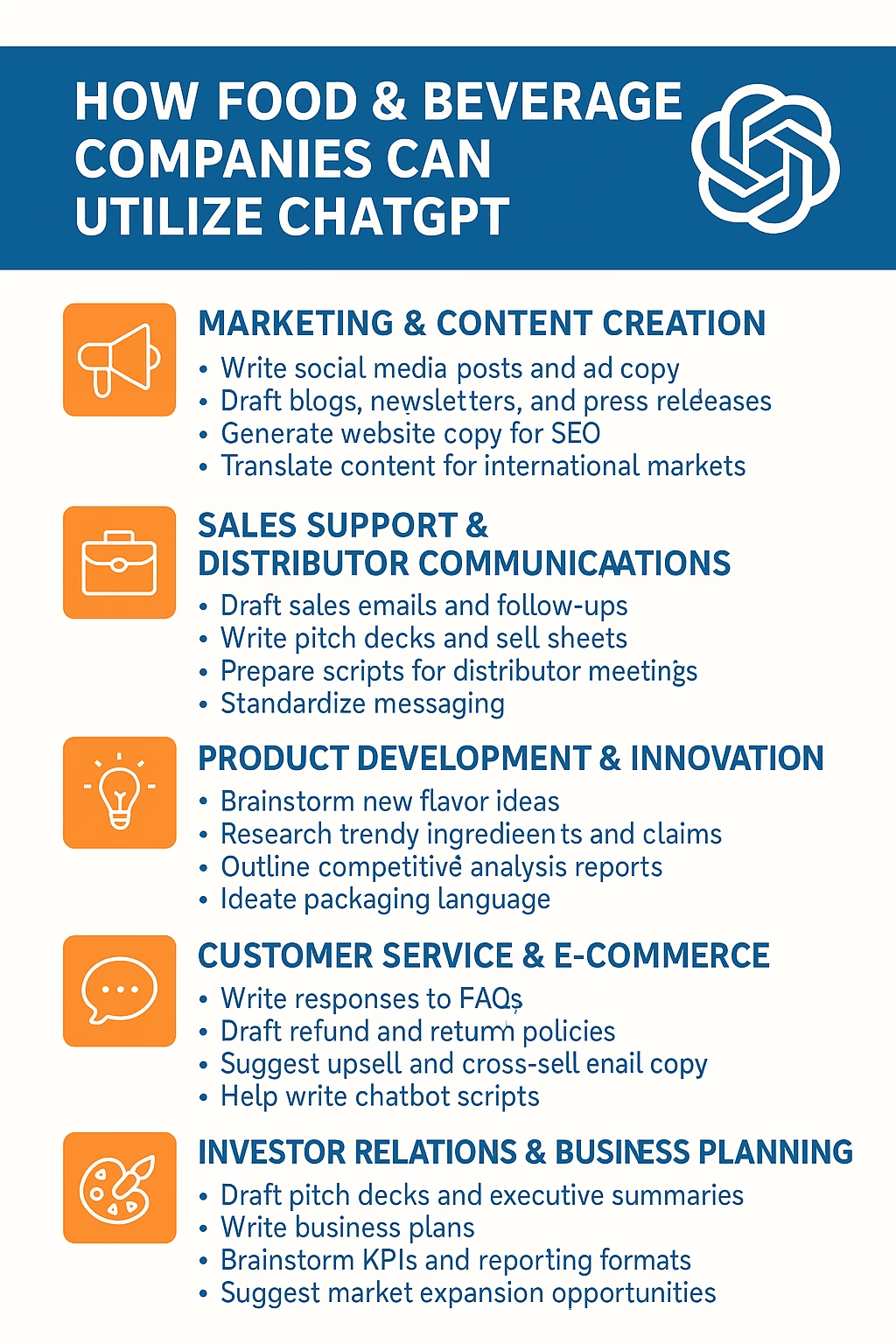This roadmap serves as a strategic compass for anyone building a brand—from early-stage entrepreneurs to CMOs at global companies. Follow…
Your Favorite Beverage Brand Was Bought and You Didn’t Even Notice
How Big Beverage Quietly Swallowed the Indie Brands You Loved—and Made Them Worse
You loved it because it felt real.
It wasn’t mass-produced. It wasn’t marketed by Super Bowl commercials or stacked six feet high at Costco. It was the drink you found at your local health food store, with a weird label, a founder’s story on the side, and ingredients you could pronounce.
And then, one day, something changed.
Maybe it started tasting sweeter. Maybe the label looked slicker. Maybe you couldn’t find it anymore—or maybe you could find it everywhere, but it felt like it lost its soul.
That’s because it probably got bought.
And you didn’t even notice.
🥤 The Big Beverage Playbook: Buy, Scale, Dilute
In the food and beverage world, there’s a predictable pattern that plays out over and over again:
- A small brand scrappily breaks through the clutter with innovation, authenticity, and early cult status.
- It starts to gain regional traction, maybe hits Whole Foods, Erewhon, or wins an Expo West award.
- A conglomerate—PepsiCo, Coca-Cola, Nestlé, Keurig Dr Pepper—steps in with a buyout.
- The brand goes national… but the original magic starts to fade.
Why? Because the incentives shift. Overnight, the brand is no longer about building community. It’s about building shareholder value.
🔍 Examples You Probably Missed
Let’s take a walk down “did-you-know” lane:
- Honest Tea – Acquired by Coca-Cola in 2011, discontinued in 2022. Seth Goldman built a mission-driven tea brand; Coca-Cola phased it out and replaced it with Gold Peak (read: more margin).
- Odwalla – Once the pioneer of fresh, cold-pressed juices. Bought by Coca-Cola, shut down in 2020 due to “changing consumer preferences.”
- ZICO Coconut Water – Bought by Coca-Cola in 2013, discontinued in 2020… and then bought back by its original founder after fans revolted.
- Suja Juice – A San Diego darling, sold to Coca-Cola. Distribution exploded. Quality declined. Once known for fresh-pressed, it shifted toward shelf-stable and cheaper ingredients.
- Naked Juice – Acquired by PepsiCo. Reformulated. Suddenly had more sugar than a can of soda. Still marketed as a “health drink.”
- Bai Antioxidant Water – Bought by Keurig Dr Pepper. Lost much of its edge in flavor innovation. Flatlined in growth.
💸 The Real Motive: Profit, Not Purpose
These giants don’t buy indie brands to nurture them. They buy them to:
- Get quick access to trends they missed
- Neutralize up-and-coming competition
- Slap a new label on legacy infrastructure and optimize for margin
This isn’t an indictment of business growth—it’s an indictment of how that growth often kills the very thing that made a brand special.
It’s what happens when authenticity meets quarterly earnings.
🧃 How the Product Changes After the Buyout
| Before Buyout | After Buyout |
|---|---|
| Glass bottles | PET plastic for cost savings |
| Organic, fresh ingredients | Replaced with shelf-stable formulas |
| Short supply chains | Global ingredient sourcing |
| Founder-led storytelling | Corporate-approved messaging |
| Limited SKUs with a purpose | Line extensions that confuse users |
The brand still has the same name—but it’s now a ghost of its former self.
🤐 Why You Didn’t Hear About It
Most acquisitions are stealthy on purpose.
You won’t see a press release sent to consumers. You’ll see it buried in a quarterly report. Or mentioned in Bevnet, BBI or a Beverage Digest article nobody outside the industry reads.
Because transparency would kill the illusion.
Consumers trust indie brands more than Big Beverage—and the conglomerates know that. So they leave the indie look and feel in place just long enough for you to stop paying attention.
🌱 There Are Exceptions—But They’re Rare
To be fair, not every indie brand dies a slow, soulless death post-acquisition. Some conglomerates have learned (the hard way) that the best thing they can do is buy the brand, back off, and let it thrive.
✅ Examples of Conglomerates Getting It (Mostly) Right:
- RXBAR (Kellogg’s, $600M)
Kellogg’s allowed RXBAR’s original team to continue leading post-acquisition in 2017. The company maintained its minimalist, transparent branding and unique tone of voice for several years. Growth plateaued later—but it wasn’t due to immediate interference. - Applegate Farms (Hormel Foods)
Despite being acquired by Hormel in 2015, Applegate largely kept its own management team and was allowed to operate autonomously. The brand’s mission—clean meats, humane sourcing—remained intact. - Stonyfield Organic (Danone → Lactalis)
Danone acquired a 40% stake in 2001 and full ownership by 2014. Co-founder Gary Hirshberg remained at the helm until the brand was sold to Lactalis in 2017. Under Danone, Stonyfield was allowed to pursue its mission with considerable independence. - Ben & Jerry’s (Unilever)
Often cited as the gold standard. When Unilever bought the brand in 2000, Ben & Jerry’s negotiated to maintain an independent board of directors. This board still oversees its social mission, and for years, the brand published advocacy campaigns Unilever didn’t touch.
However, tensions have emerged. In 2025, Ben & Jerry’s sued Unilever for interfering with its board and allegedly ousting the CEO over activism. Even the best-case scenarios are starting to fray.
👋 So Why Do Founders Leave After a Buyout?
Even in the best acquisitions, there’s a clock ticking. Here’s why most founders don’t stick around:
🎯 1. Earnout Pressure
An earnout is often a golden handcuff. Founders must hit aggressive short-term targets—volume, EBITDA, velocity—to get the rest of their payout. That pressure shifts their focus from building a brand to building a bonus.
🧱 2. Bureaucracy and Red Tape
Decisions that once took hours now take weeks. Founders who thrived on agility get buried in layers of approvals, brand committees, legal reviews, and strategy decks.
🛠️ 3. Product Integrity Battles
Cost savings creep in. Natural ingredients get replaced. Shelf life takes priority over taste. When founders can’t protect what made their product great, they check out emotionally—if not officially.
😐 4. Cultural Clash
Entrepreneurs operate on instinct. Corporates operate on PowerPoints. Founders often feel misunderstood, outvoted, or downright irrelevant.
🏝️ 5. The Golden Handcuffs Unlocked
Once the earnout ends, many founders walk away. They didn’t sell to stay in the game—they sold to leave on top, or because they were exhausted. Either way, their vision usually walks out the door with them.
🤔 Final Thought
Yes, some indie brands get bought and survive intact. A few even thrive. But most don’t. And it’s rarely because the product got worse overnight—it’s because the soul of the brand left the building the moment the founders did.
So next time you’re sipping something that used to be great, ask yourself:
Who owns it now?
And more importantly:
Is the original team still behind it—or did they take the money and run (because they had no choice)?
